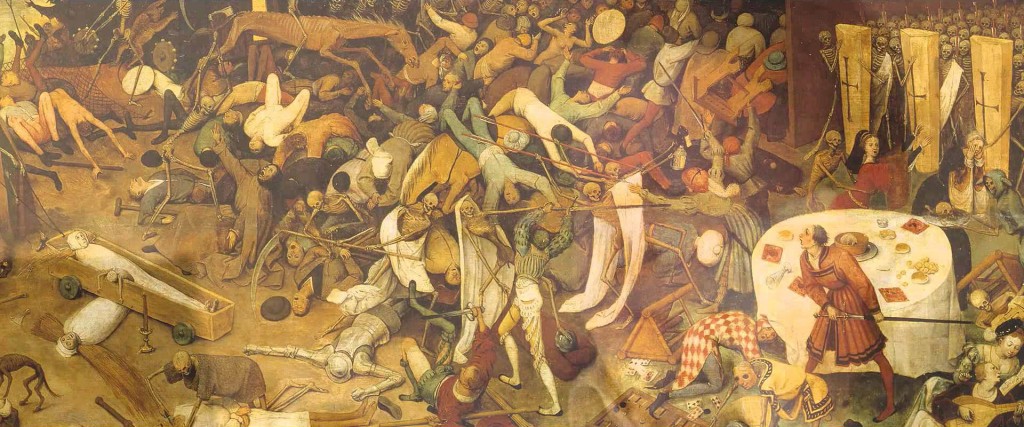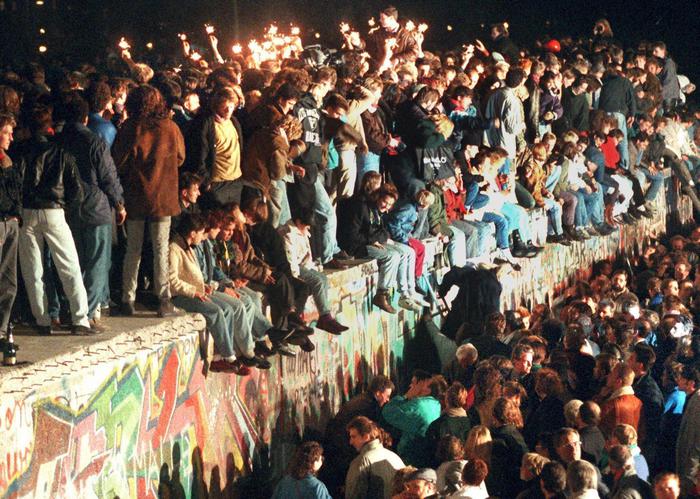#PEOPLENOTPIGEONS
Testo di Emmanuele J. Pilia

P. Bruegel, Trionfo della Morte_ 1562, Museo del Prado, Madrid
Nel 2003 UN-Habitat diffuse uno studio dall’emblematico titolo The Challenge of Slums: global report on human settlements, nel quale si prendeva atto che ormai «un terzo della popolazione urbana mondiale, oltre un miliardo di persone, viveva in quelli che chiameremo genericamente slums». Il periodo analizzato da UN-HABITAT è racchiuso nel decennio che conclude il millennio, con una piccola fuga nel nuovo: i dati raccolti ci forniscono così una cartina tornasole del trend avuto tra il 1990 ed il 2001. Un trend che, seguendo le proprie linee di evoluzione, porterà al dramma di una demografia degli slums ad una cifra superiore ai due miliardi di individui nel 2030, per lo più concentrati nel sud del mondo.
Eppure, nonostante il catastrofismo dei numeri riportati in The Challenge of Slums, queste proiezioni hanno finito col risultare addirittura ottimistiche, se considerassimo l’accelerazione che la storia ha avuto a partire dal 2001: la cosiddetta Primavera Araba e le tensioni create dalla reazione militare in seguito all’11 Settembre hanno spostato sempre più verso occidente il baricentro delle ondate migratorie, mentre il crollo finanziario che ha messo in ginocchio il mondo occidentale e l’applicazione di leggi sulla prevenzione dei crimini urbani hanno dato vita ad una nuova e più aggressiva forma di gentrificazione, capace di ripulire le strade (per riprendere un blasonato motto politico-poliziesco) anche da quella popolazione invisibile nascosto nelle pieghe della città. Non è più semplicemente la grande città la valle dove questo gorgoglio umano va a riversarsi, ma la città occidentale, dal cui cuore viene estratta la parte indesiderata del corpo urbano. I nuovi rifiuti urbani vengono spinti dove risultano meno visibili, lasciando i centri sicuri e protetti dalla CPTED. La dimensione securitaria che la città-carcere occidentale sta acquistando è lo specchio delle insicurezze che il crollo della modernità positivista ha portato con sé.

the Berlin Wall, 9 november 1989
#PEOPLENOTPIGEONS
Text by Emmanuele J. Pilia; translations by Emmanuele J. Pilia Orazio Caruso and Luigi Cavallo
In 2003 UN-Habitat published a research emphatically called The Challenge of Slums: global report on human settlements. This book notes that «a third of the world’s urban population, more than one billion people lived in what we may call the slums». UN-HABITAT, in this book, examines the trends and tendencies of the period between 1990 and 2001. According to this trend, by 2030, people who live in slums will be more than two billion, mostly concentrated in the south of the world.
But despite the pessimism of the numbers in The Challenge of Slums, these projections got even optimistic, if we consider the sprint that History had since 2001: the Arab Spring and the military response to 9/11 have moved to the west the gravity of the migrations. At the same time, the financial crisis that has devastated the western world and the enforcement of laws on the prevention of urban crime have created a new form of gentrification. The valley where this human gurgling goes to spill is no longer just the “big city” but the “western city”. The unwanted part of the urban body is removed from the heart of the western city. The new “urban waste” are pushed where they are unseen, so that the city centers are protected by CPTED. This new dimension of the western city-prison is the mirror of the insecurities that the collapse of the positivist modernity brought with it.
